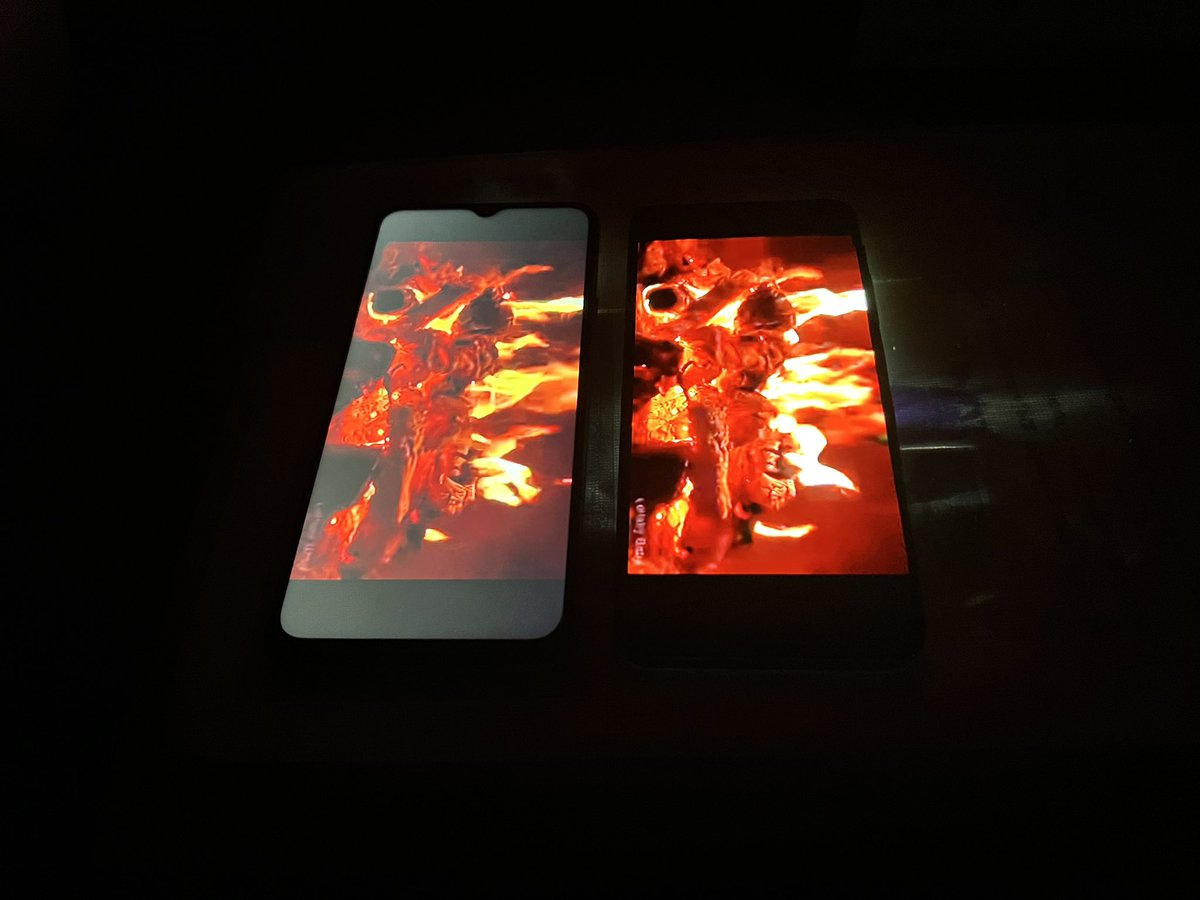In the world of smartphones and other electronic devices, two of the most popular display technologies are AMOLED and LCD. Both offer their unique advantages and disadvantages, and choosing between the two can often be a matter of personal preference. In this article, we’ll explore the differences between AMOLED and LCD and help you understand which one is right for you.
What is AMOLED?
AMOLED stands for Active Matrix Organic Light Emitting Diode. It’s a type of display technology that uses organic compounds to emit light when an electrical current is passed through them. The technology has been around for a while, but it’s only recently that it’s gained widespread popularity in consumer electronics.
AMOLED displays offer several advantages over other types of displays, including:
- Vibrant colours: AMOLED displays produce vibrant colours that are bright and eye-catching.
- High contrast: The black levels on AMOLED displays are near-perfect, which makes for great contrast.
- Energy efficiency: AMOLED displays use less power than LCD displays because they only light up the pixels that are needed.
- Thinness and flexibility: AMOLED displays can be made thinner and more flexible than other types of displays.
However, there are also some drawbacks to AMOLED displays, including:
- Burn-in: AMOLED displays can experience burn-in, which occurs when static images are displayed on the screen for extended periods of time.
- Lifespan: AMOLED displays have a shorter lifespan than LCD displays, and the organic compounds used in AMOLED displays can degrade over time.
- Cost: AMOLED displays are generally more expensive to produce than LCD displays.
What is LCD?
LCD stands for Liquid Crystal Display. It’s a type of display technology that uses liquid crystals to manipulate light. LCD displays have been around for a long time and are still widely used in consumer electronics.
LCD displays offer several advantages over other types of displays, including:
- Reliability: LCD displays are known for their reliability and can last for a long time.
- Cost: LCD displays are generally less expensive to produce than AMOLED displays.
- No burn-in: LCD displays don’t experience burn-in like AMOLED displays do.
However, there are also some drawbacks to LCD displays, including:
- Limited contrast: The contrast on LCD displays isn’t as good as it is on AMOLED displays.
- Limited viewing angles: LCD displays can be difficult to see from certain angles.
- Power consumption: LCD displays consume more power than AMOLED displays because they light up the entire screen rather than just the pixels that are needed.
Which is Better: AMOLED or LCD?
There’s no clear answer to which display technology is better, as both offer their own unique advantages and disadvantages. Here are some factors to consider when choosing between AMOLED and LCD:
- Budget: If you’re on a tight budget, an LCD display may be the better option, as they’re generally less expensive than AMOLED displays.
- Battery life: If you’re concerned about battery life, an AMOLED display may be the better option, as they use less power than LCD displays.
- Screen size: If you’re looking for a large display, an LCD display may be the better option, as they can be produced at larger sizes than AMOLED displays.
- Picture quality: If you’re looking for vibrant colours and high contrast, an AMOLED display may be the better option.
In the end, the choice between AMOLED and LCD comes down to personal preference and how you plan to use your device. It’s important to consider all of the factors before making a decision, as both display technologies have their own unique strengths and weaknesses.
